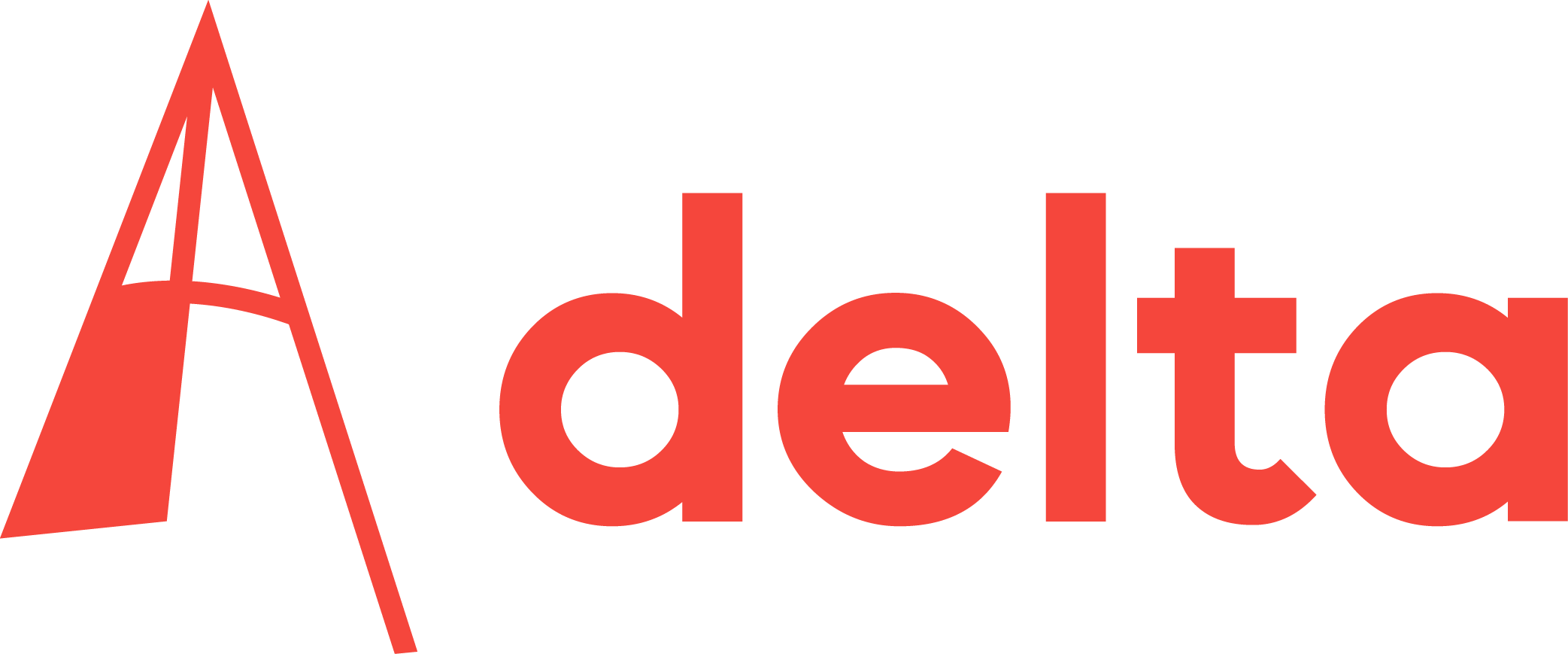Delta and Delft Integraal/Delft Outlook often write about innovative ideas that offer big promises for the future. But what has happened to such ideas years later? What for instance has happened to the computer programme Swan: Simulating Waves Nearshore?
Delta, May 2003
Coastal managers in the Netherlands use the computer program Swan, which was developed at TU Delft, to calculate how the waves along the shallow coastline will behave during a storm. The US Navy also invested in the programme, which it wants to use to better plan coastal landing operations.
“More than 1,000 institutes around the world are now using our program,” says Professor Wim Uijttewaal, head of the fluid mechanics laboratory at the faculty of Civil Engineering and Geosciences. His group made the programme publicly available under so-called general public license.
As the name indicates, Swan (Simulating Waves Nearshore) allows for calculations of waves near the shore, but not all the way up to the shore. The researchers now filled that gap with Swash, which stands for Simulating Waves till Shore. Put simply, with Swan the researchers continually estimate the size of the waves and subsequently make the needed adjustments. Swash is a more sophisticated programme. “With this model we use more details of the waves as input and calculate how they interact,” Prof. Uijttewaal’s colleague, Dr Marcel Zijlema explains. “It involves much more computing than Swan. We do the calculations with the supercomputer at SARA (Stichting Academisch Rekencentrum Amsterdam).”
Zijlema hopes to have the programme fully operational soon, so that everybody can use it in combination with Swan. “It will however always remain a very complicated programme,” he says. “You need a lot of expertise to use it. We will be able to offer support and service like we are already doing for Swan.”
Will this programme also be used by the US Navy for landing operations on coasts? Zijlema: “Swash is suited for this, but I don’t know if they are going to use it. We still must speak to them about this.”
The researcher himself is more interested in predicting the behaviour of waves in harbours. “The problem in harbours is the occurrence of so-called seiche’s, which are a type of standing waves that are a great nuisance for ships that are moored. The waves can grow very rapidly and cause the mooring lines to break.”
Maak van een windmolen meer dan een energieproducent, zegt Philip Hoogreef van team Conopium. Zij ontwierpen een windmolen als trefpunt op de campus.
Team Conopium, bestaand uit drie IO-studenten, een L&R-student en een werktuigbouwer (3mE), wil windenergie in de stad brengen. Net zoals de windmolen vroeger een trefpunt was voor de omgeving. Conopium betekent in het Latijn zoiets als tent of klamboe. Aan de voet van de windmolen staat een gebouw met ontmoetingsruimten, collegezalen en een cafetaria. Hoogreef vindt dat mensen windenergie op die manier beter kunnen ervaren. De molen zou het bewustzijn van windenergie vergroten en daarmee de acceptatie. De studenten hebben een virtuele rondleiding op YouTube gezet. De jury was gecharmeerd van het idee, maar gaf uiteindelijk de voorkeur aan de intelligente straatverlichting.
Hoogreef is na afloop enigszins teleurgesteld. “Ze vonden ons plan toch niet realistisch genoeg.” Hij zegt onderzoek gedaan te hebben naar de inpassing in de stedelijke omgeving van de campus. Waarschijnlijk was er wel genoeg wind geweest om de exploitatie rendabel te maken. Trillingen in het gebouw en geluidsoverlast in de omgeving had het team niet als bezwaarlijk gezien. De jury wel.
Filmpje ‘Conopium’: www.youtube.com



Comments are closed.